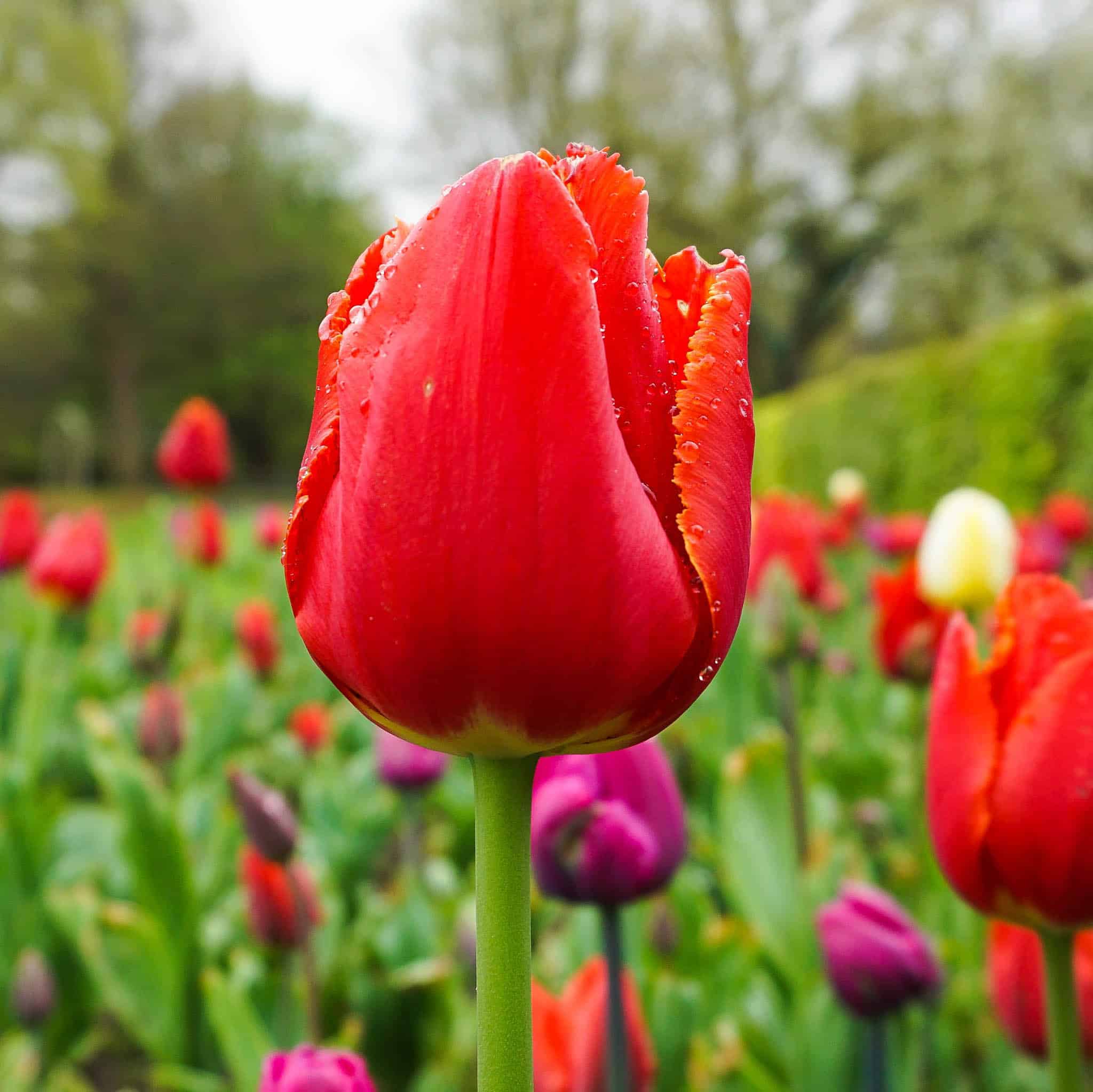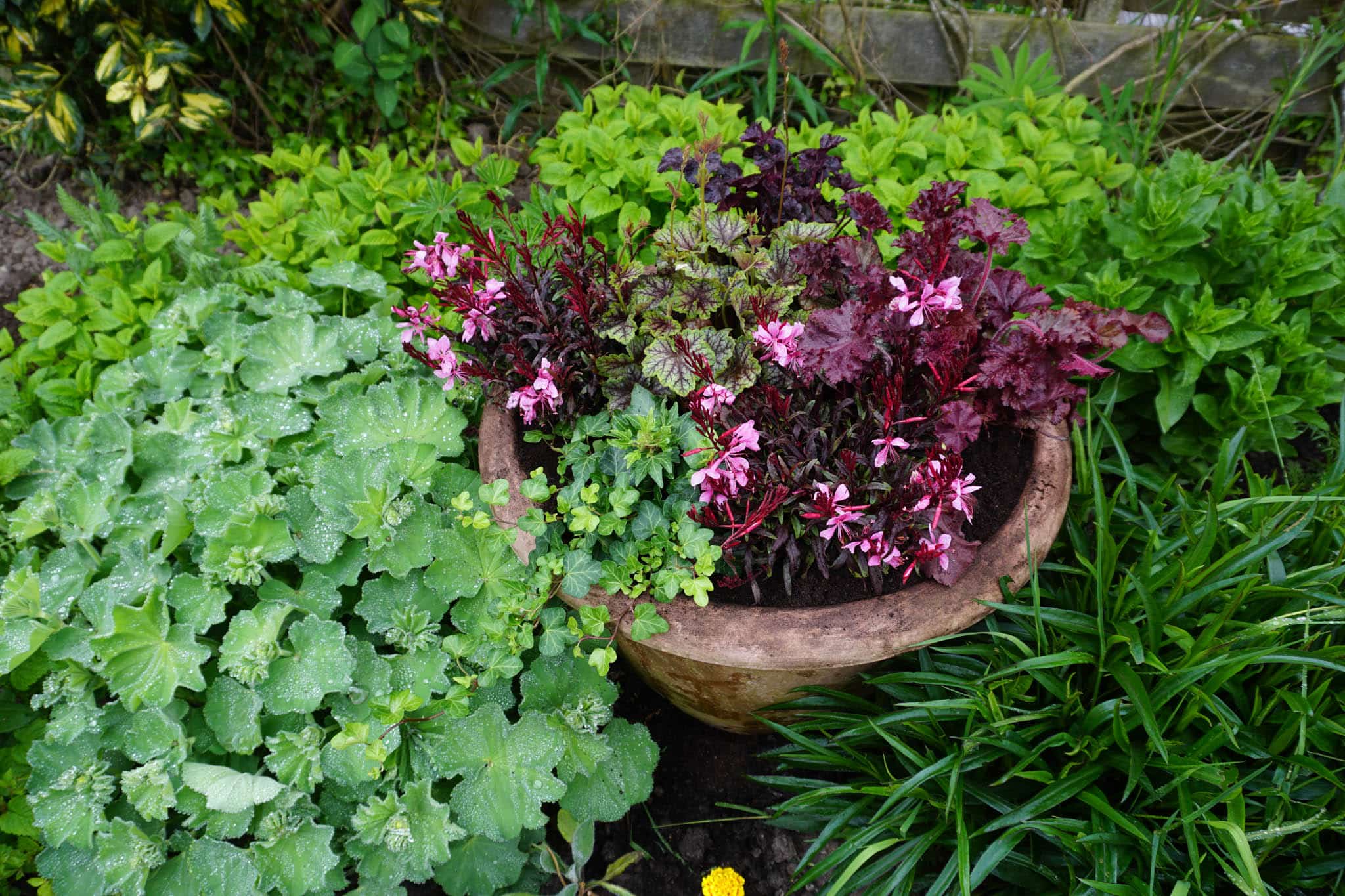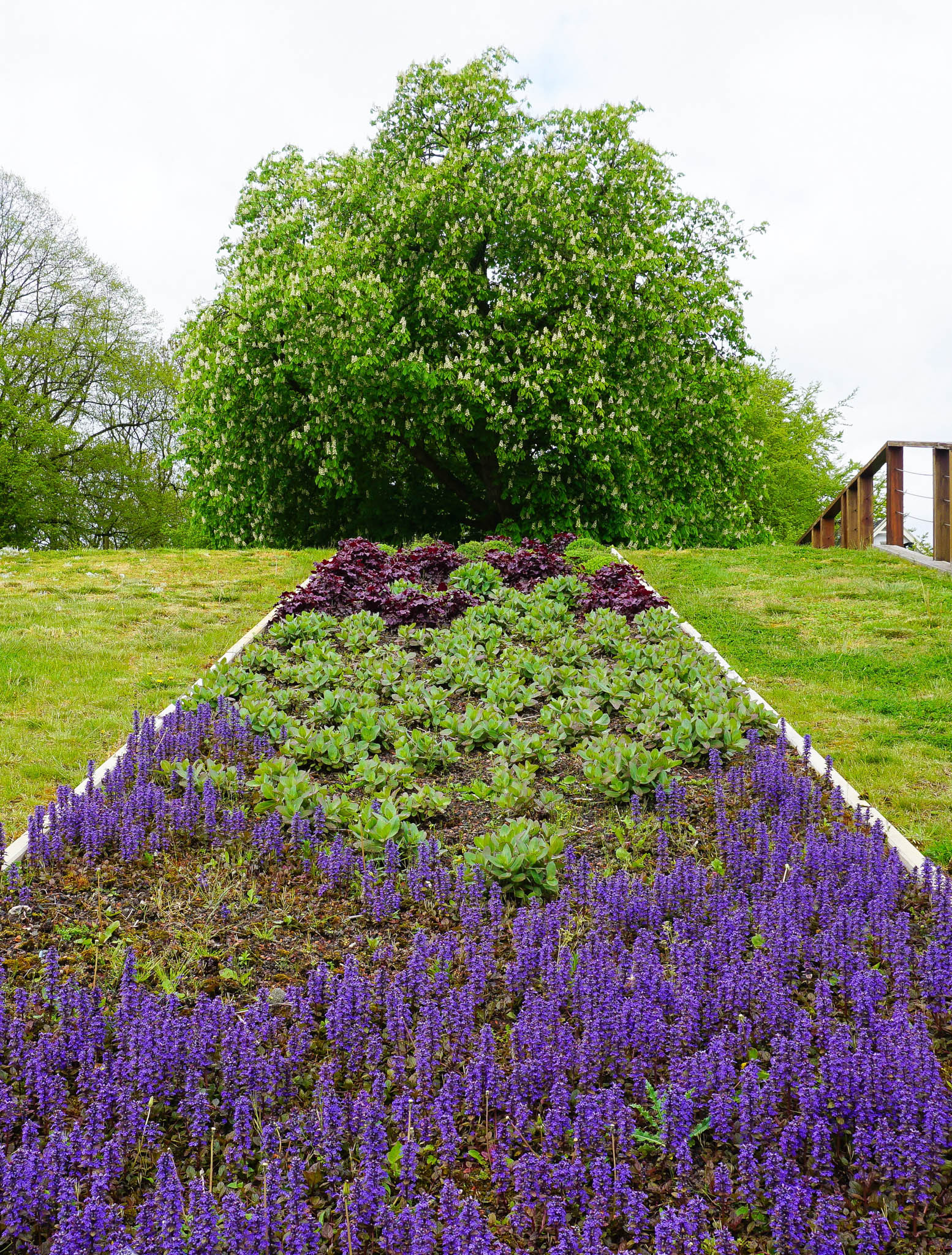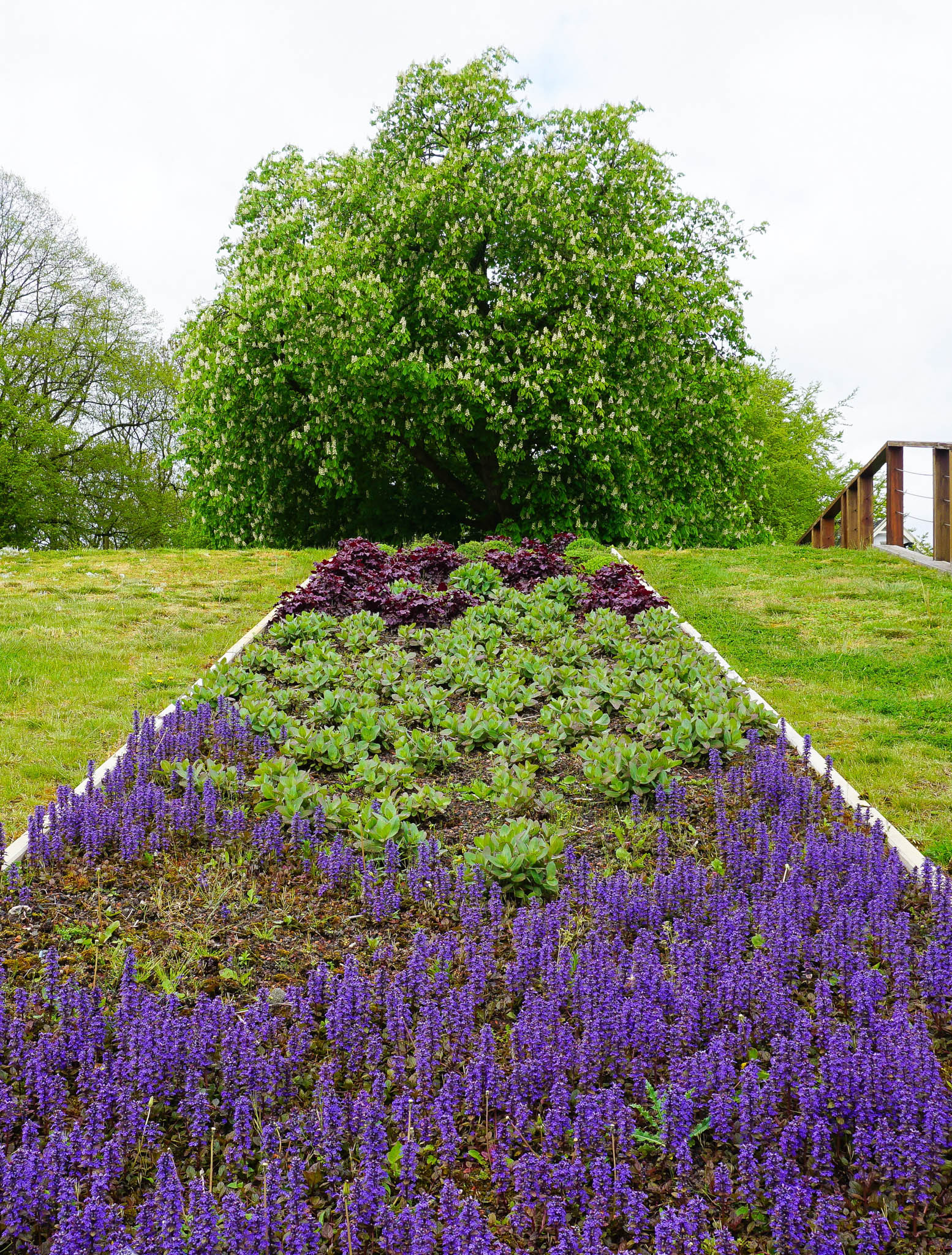
Useful Lighting Hints for Higher Rising Outcomes
[ad_1]
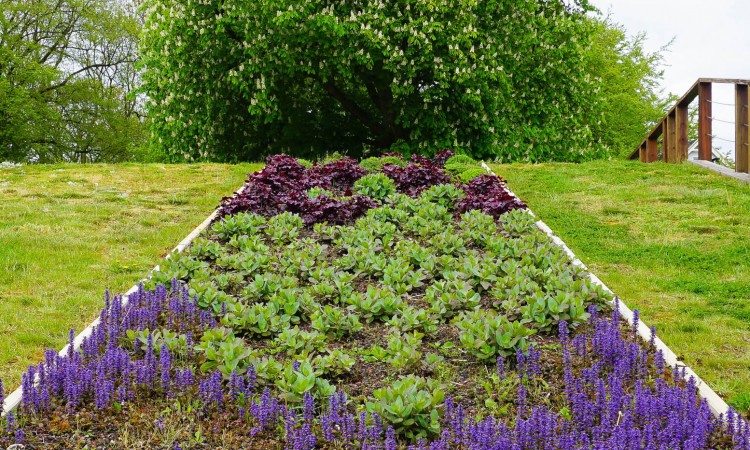
Mild Intensities:
A. For germinating seeds and rooting cuttings:
Ten lamp watts per sq. foot of rising space. The sunshine supply needs to be 6″ to eight″ above the soil or planting media. Current research point out {that a} excessive germination proportion is obtained if seeds are uncovered relatively than being flippantly lined. One other system which may be used is to cowl the seeds flippantly with soil, vermiculite or perlite, then comb or scrape the floor flippantly after soaking the quilt medium. This permits for higher gentle penetration and air incorporation into the seed areas.
NurtureLite fluorescent bulbs are notably helpful for germinating seeds for out of doors spring planting. When the NurtureLite seedlings are transplanted to the out of doors setting, correct steps should be taken to harden the seedlings. That is achieved by steadily lowering the temperature and preserving the crops considerably drier than standard till they’re acclimated to outdoors situations. A typical process is to show seedlings to the outside through the day and take them in for the night time till they’re agency sufficient to go away outdoors completely. It might take about one and a half weeks to harden the seedlings absolutely. Throughout the first few days, nonetheless, the younger crops want safety from daylight by offering some shade. An essential issue to recollect when hardening crops is to have air circulation, particularly if they’re in protected areas. This can forestall the buildup of excessive temperatures and thereby cut back the wilting of the younger seedlings.
B. For low-energy rising crops:
Fifteen lamp watts per sq. foot of rising space. The sunshine supply needs to be 12″ to fifteen″ above the plant tops. Many family crops fall on this classification.
C. For top-energy rising crops:
Twenty lamp watts or extra per sq. foot of rising space. The sunshine supply needs to be 12″ to fifteen″ above plant tops. This classification consists of crops akin to chrysanthemums, carnations, roses, tomatoes, beans, and most vegetable crops. When these crops are grown in enclosed areas with out accessible daylight, 10 to twenty % of the full wattage needs to be offered by incandescent lamps or the NurtureLite bulbs. These lamps present the far-red radiation essential for regular plant growth with high-energy crops.
Size of Mild Durations (Photoperiod):
A. For the germination of seeds and rooting cuttings:
A light-weight interval of 16 hours produces passable outcomes. With newly germinated seedlings and rooted cuttings, previous to transplanting, an extended gentle interval of as much as 20 hours could also be used with good outcomes.
B. Quick-day crops – Length of sunshine:
Gardenias, Poinsettias, Chrysanthemums, Christmas Begonias – 10 to 13 hours
C. Lengthy Day Crops:
China Asters, Calceolaria, Coreopsis, Dahlias, Nasturtiums, Annuals – 14 to 18 hours
D. Day Impartial Crops (Not affected by Photoperiod):
Roses, Carnations, Begonias, African Violets, Gloxinias, Geraniums, Coleus – 12 to 18 hours
Cultural Necessities:
A. Plant ambient temperature:
For many crops, the temperature through the gentle intervals needs to be roughly 70° – 75° F, and through the darkish intervals 60° – 65° F.
B. Plant setting humidity:
A humidity of fifty% to 60% is advisable. Good air flow can be mandatory for the most effective progress setting.
C. Plant spacing:
Area out the crops to encourage disease-free plant progress and to advertise robust roots, stems and foliage.
D. Plant watering:
Water crops when the lights are on. At this era, the temperature is rising, and there’s a higher want for water from the crops.
[ad_2]
Supply hyperlink
